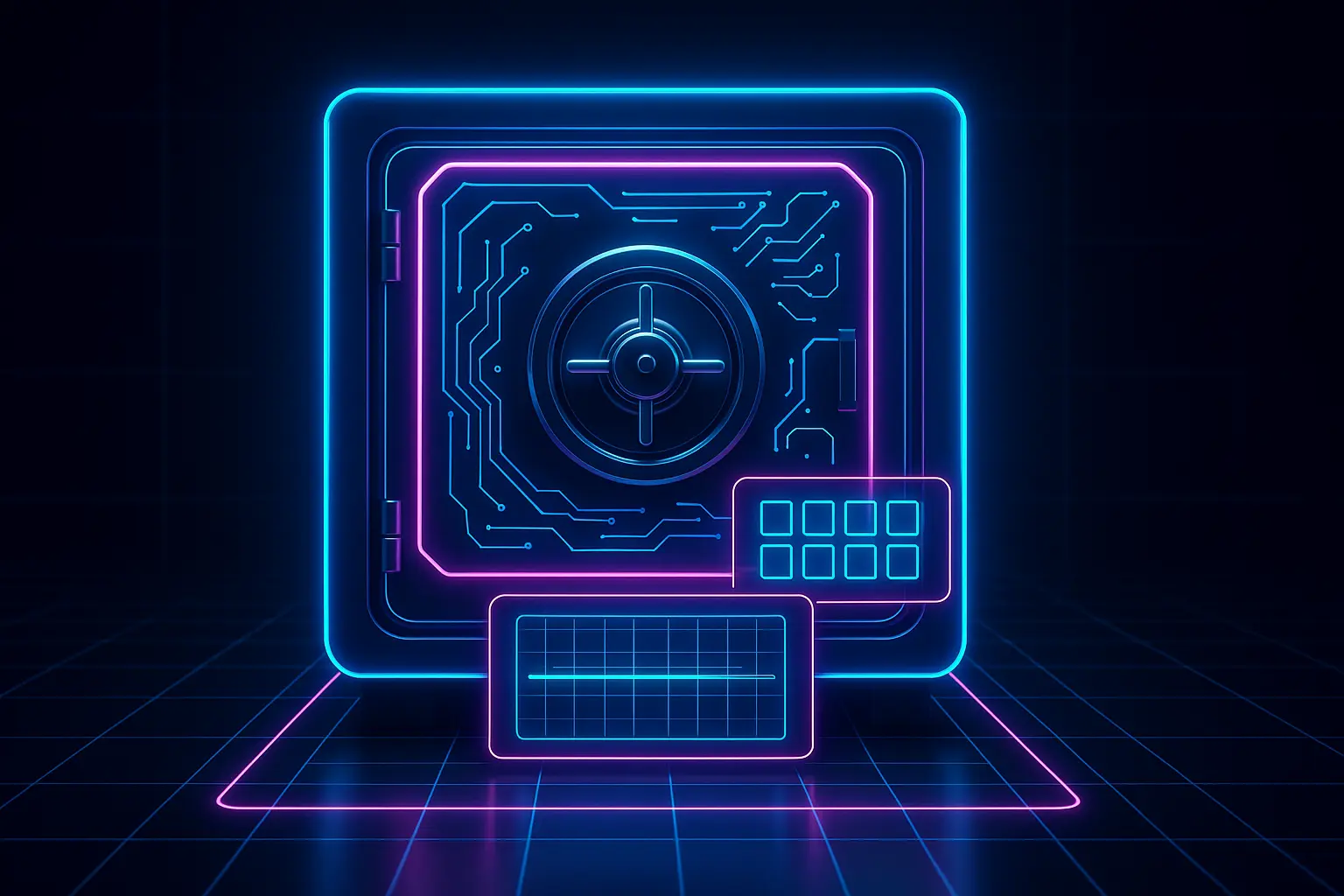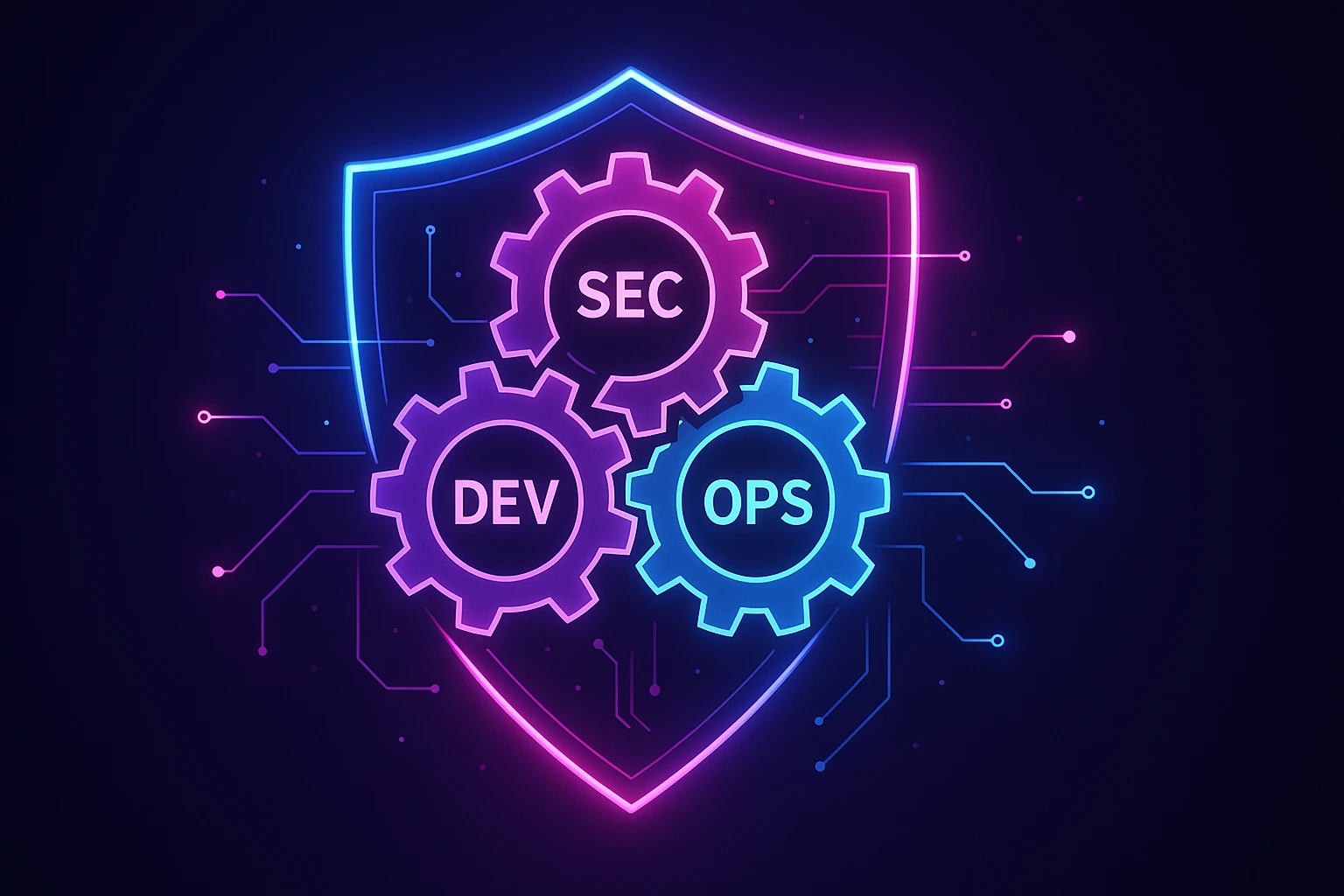Downtime creates immediate problems. It interrupts workflows, delays service, and increases risk. Yet many organizations still treat business continuity and disaster recovery as if they’re the same. They are not.
Business continuity keeps operations running during a disruption. Disaster recovery focuses on restoring systems after a failure. Both are essential, but they solve different problems. This guide explains how each strategy works, where they overlap, and how to build both into a resilient response plan that protects your systems, your people, and your business.
The Critical Distinction: BC vs. DR Defined
When Southwest Airlines' scheduling system failed in December 2022, it was a $1.1 billion disaster. The airline had disaster recovery for its systems but no business continuity plan for operations. The result? 16,900 flight cancellations and a regulatory nightmare that could have been prevented.
This failure highlights a costly misconception: that business continuity and disaster recovery are the same thing. They're not. Business continuity keeps operations running during a disruption. Disaster recovery restores systems after a failure. Both are essential, but they solve fundamentally different problems.
Business Continuity: Operational Resilience
Business continuity is your organization's strategy for maintaining critical functions during crises. It encompasses people, processes, communication, and customer support—going far beyond IT systems to protect what keeps your business running.
A comprehensive Business Continuity Plan (BCP) includes:
- Clear communication chains with defined escalation procedures
- Alternative work arrangements (including remote capabilities)
- Backup suppliers and vendor relationships
- Manual processes for critical operations
- Customer communication strategies
Disaster Recovery: Technical Restoration
Disaster recovery functions as your technical restoration strategy, focused specifically on bringing IT infrastructure back online after system failure. Two metrics define its effectiveness:
- Recovery Time Objective (RTO): How quickly systems must be restored
- Recovery Point Objective (RPO): How much data loss is acceptable
Effective disaster recovery requires four components:
- Verified functional backups that you've actually tested
- Defined RTOs and RPOs for each critical system
- Regular restoration testing (untested backups provide false security)
- Clear documentation that remains usable under pressure
The Integration Imperative: Why Silos Fail Enterprises
Here's where most organizations stumble: they treat BC and DR as separate initiatives owned by different teams. Operations handles continuity. IT handles recovery. This creates dangerous blind spots.
The problem with disaster recovery alone: Your IT team successfully restores systems after an outage, but employees lack alternate workflows, customers can't get answers, and operations stall while teams wait for direction. Technical recovery without operational continuity leaves your business paralyzed.
The problem with business continuity alone: Your teams maintain operations through temporary workarounds, but underlying data corruption persists unaddressed. Temporary measures can't resolve compromised data integrity or extended system unavailability, creating an unsustainable operational state.
The Integration solution: When BC and DR are developed together, workflows, systems, and communication plans align. Recovery efforts support ongoing operations instead of operating in isolation, resulting in faster response, fewer downstream failures, and better outcomes for customers and employees.
How BC/DR Planning Supports Regulatory Compliance
BC/DR plans serve both operational needs and regulatory requirements that auditors examine during compliance reviews. Regulatory frameworks have specific expectations:
- SOX (Sarbanes-Oxley): Auditors review documented backup procedures and evidence of rapid financial data restoration capabilities that preserve data integrity
- GDPR: Mandates organizations restore personal data availability "without undue delay" after system failures and maintain data subject rights during disruptions
- HIPAA: Requires healthcare organizations to demonstrate contingency planning for protected health information during emergencies
Documentation serves as compliance evidence. Auditors review testing frequency, update procedures, and recovery capabilities to verify operational resilience commitments. They require demonstrated functionality, not merely documented plans.
Flosum supports these expectations directly. With encrypted backups, audit-ready logging, and field-level restore capabilities, it helps teams meet SOX, GDPR, and HIPAA standards with verifiable proof during audits.
How to Build a Resilient BC/DR Strategy for Modern Enterprises
A strong business continuity and disaster recovery (BC/DR) strategy plans for inevitable disruptions. The goal is to preserve core business functions in a coordinated, predictable way. That requires more than isolated checklists. It demands a unified strategy that brings together infrastructure, applications, workflows, and people under a shared recovery plan.
Too often, BC and DR are owned by different teams with separate goals. IT focuses on system uptime. Operations focus on service continuity. Without alignment, even well-documented plans can break down under pressure. Building resilience means closing those gaps before they become problems. Here’s how to approach it.
- Identify critical assets: List essential systems and data, including cloud platforms like Salesforce. SaaS tools often introduce hidden dependencies that can interrupt workflows even if core infrastructure stays online.
- Map system dependencies: Document how systems interact. Trace data flows and link business processes to their supporting tools. This helps you spot potential cascade failures early.
- Build cross-functional teams: Involve IT, operations, legal, compliance, and leadership in planning. Each team brings a different view on risk, regulations, and what must stay operational.
- Set clear recovery objectives: Define RTOs and RPOs for each critical system based on real business impact. Establish clear roles, responsibilities, and communication plans before a disruption occurs.
- Test regularly: Run simulations that test both recovery and continuity. Use the results to refine your plans, close gaps, and document what works.
Flosum’s Role in Enterprise-Grade Disaster Recovery and Data Continuity
Traditional backup tools fall short in SaaS environments like Salesforce. Flosum is purpose-built to close those gaps. Flosum integrates directly with Salesforce and gives your BC/DR strategy the reliability and auditability modern enterprises need.
- Cloud-native backup coverage: Flosum’s Backup and Archive handles Salesforce-specific challenges through automated, cloud-optimized backups that support both disaster recovery and continuity goals
- Granular restore precision: Composite Backup captures only changed data, enabling point-in-time recovery at the record or field level — without full environment rollbacks
- Enterprise-grade security: BYOK encryption, role-based access controls, and flexible storage options support enterprise security and compliance across deployment models
Treat Business Continuity and Disaster Recovery as a Unified Strategy for Resilience
Business continuity and disaster recovery address different problems, but both are essential for maintaining operational continuity during a disruption. Business continuity ensures people and processes continue to run smoothly. Disaster recovery brings systems and data back online. One without the other leaves critical gaps.
If these plans aren’t aligned, recovery efforts break down. Teams wait for systems, or systems come back before operations are ready. The result is downtime, confusion, and increased risk. Review your current approach. Are your continuity procedures and recovery tools built to work together?
Flosum gives you the technical foundation to support both. With automated backups, point-in-time restores, and audit-ready logging built for Salesforce, it eliminates the manual gaps that delay recovery and increase audit risk. Use it to make BC/DR a single, coordinated process — not a patchwork of disconnected efforts.
Thank you for subscribing








